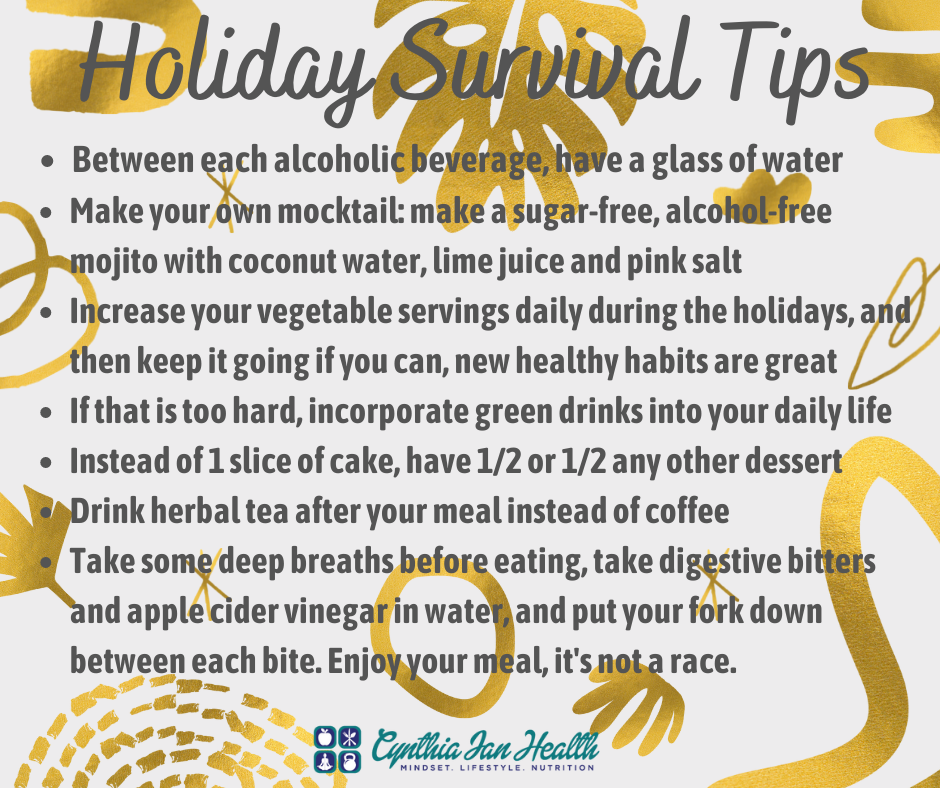
If you follow me on Instagram or on Facebook, you’ll see that I posted 3 of the signs of hormonal imbalances, but there are a few more signs that could be indicative of hormonal imbalance. If any of the following six signs apply to you, you might want to investigate further into the possibility of hormonal imbalance:
1. Constant hunger
2. Constant weight gain
3. Loss of libido
4. Insomnia
5. Fatigue
6. Mood swings
If you suspect hormonal imbalance, there are some changes you can implement to your daily routine.
1. Get 10 minutes of sunlight every morning (weather permitting) within 30 minutes of waking up. This will help raise cortisol levels and rebalance your sleep/wake cycle. This is the first thing one with insomnia should do.
2. Cut the caffeine. Caffeine raises cortisol levels and depletes vitamin C from the adrenals. Caffeine also increases blood sugar levels and what goes up must come down, so a crash is then inevitable. Steady blood sugar levels are one of the most important aspects when it comes to hormonal balance.
3. Meals and snacks should be balanced, meaning they contain a healthy fat, a protein source and complex carbs. Snacks and meals that contain mainly processed carbs will lead to spikes in insulin levels followed by crashes, once again messing with our blood sugar levels. This sugar roller coaster along with other lifestyle choices like smoking, sitting too long, etc. are what contribute to the development of Type 2 Diabetes.
4. To continue with blood sugar imbalances, limit processed foods, processed sugar, processed carbs like pastries, cakes, bread, etc.
5. Seed cycling! Eating flaxseeds and pumpkin seeds during the first 14 days of our periods helps increase estrogen while eating sesame seeds and sunflower seeds as of day 15 and on wards until the end of our cycle increases progesterone, allowing for a perfect hormonal balance to take place. If you are new at seed cycling, it’ll take a few cycles before you start noticing changes. Progesterone naturally decreases as we age so this is a very easy way to balance the estrogen/progesterone ratio and avoid estrogen dominance.
6. Eat 2 servings of steamed or sauteed cruciferous vegetables daily. I.E.: broccoli, cauliflower, cabbage, Brussel sprouts, broccoli sprouts, kale, etc. These contain DIM which helps metabolize and detoxify estrogen from the body.
7. Include more healthy fats in your diet. I.E.: fatty fish, walnuts, olive oil, olives, avocado oil, coconut oil, butter, etc. These healthy fats are very nourishing to your brain as well as your adrenal glands. Your adrenal glands are responsible for producing about 50 hormones and when your ovaries stop working, the adrenal glands take over. For many women, when this phase of life comes, they suffer from adrenal exhaustion, where the adrenals have a hard time producing all these hormones. Sleep, rest, no stress and healthy fats are your adrenals bff’s.
8. Switch to non-toxic products. From your female hygiene products to your house cleaning products, your beauty care products, your laundry detergent, your perfume, your cookware, your spice cabinet, etc. Make sure as much as possible that all these things are as natural as possible. Avoid plastics, avoid xenoestrogens found in plastics, hormones and antibiotic fed-cattle and poultry, as well as in dairy products. Avoid anything listed as fragrance! Since “fragrance” isn’t regulated, this could include thousands of chemicals that have never been tested for safety. All of these chemicals raise bad estrogen in our bodies and should be avoided.
9. Sleep! Probably one of the most important aspects to not overlook. Try to be in bed by 10pm at the latest and sleep a glorious 8-9 hours every night. If you go to bed really late, it might be hard to change your routine so just start off slowly by going to bed 15 minutes earlier than usual, and do this a few nights in a row until you reach 10pm. If you go to bed before 10pm, that’s great, keep at it. At least two hours before bed, dim the lights, wear blue-light blocking glasses, limit screen time, and turn to reading a real book and/or journaling instead.
10. Track your period. I use the app “Clue”.

So these are some of the first steps you can take to help rebalance your hormones. Once you’ve completed these steps and have incorporated them into your daily routine, you can look at adding supplements and including other interventions if necessary. Good luck ladies!




